NetRefer’s Cultural Traveller – Amélie Takes Us to the Roads Less Travelled of Brittany, France
Amelie Rigaud – our eighth Cultural Traveller – is the Front Office Assistant in the Facilities Management Department at NetRefer. Amelie, who’s French, hails from the region of Brittany. After moving to Malta to study English, she felt an affinity with the place and decided to call it her new home. However, when you bring up the topic of her hometown – especially the food and drinks – Amelie lights up. And today, she joined us to take us on a mental tour of Brittany and share with us all that which makes this northwest peninsula so special.
While Brittany is mostly known for Mont Saint Michel due to it being one of the top destinations in Europe tourists flock to every year, there’s a lot more to the region. It has some of the most highly rated cities to live in, the biggest sandy beach in all of Europe, a variety of natural scenery, heritage dating back to the Middle Ages and Neolithic times, and mouth-watering delicacies. There is something really for any type of traveller. Join us and Amelie this April as we take a trip to the French region of Brittany!
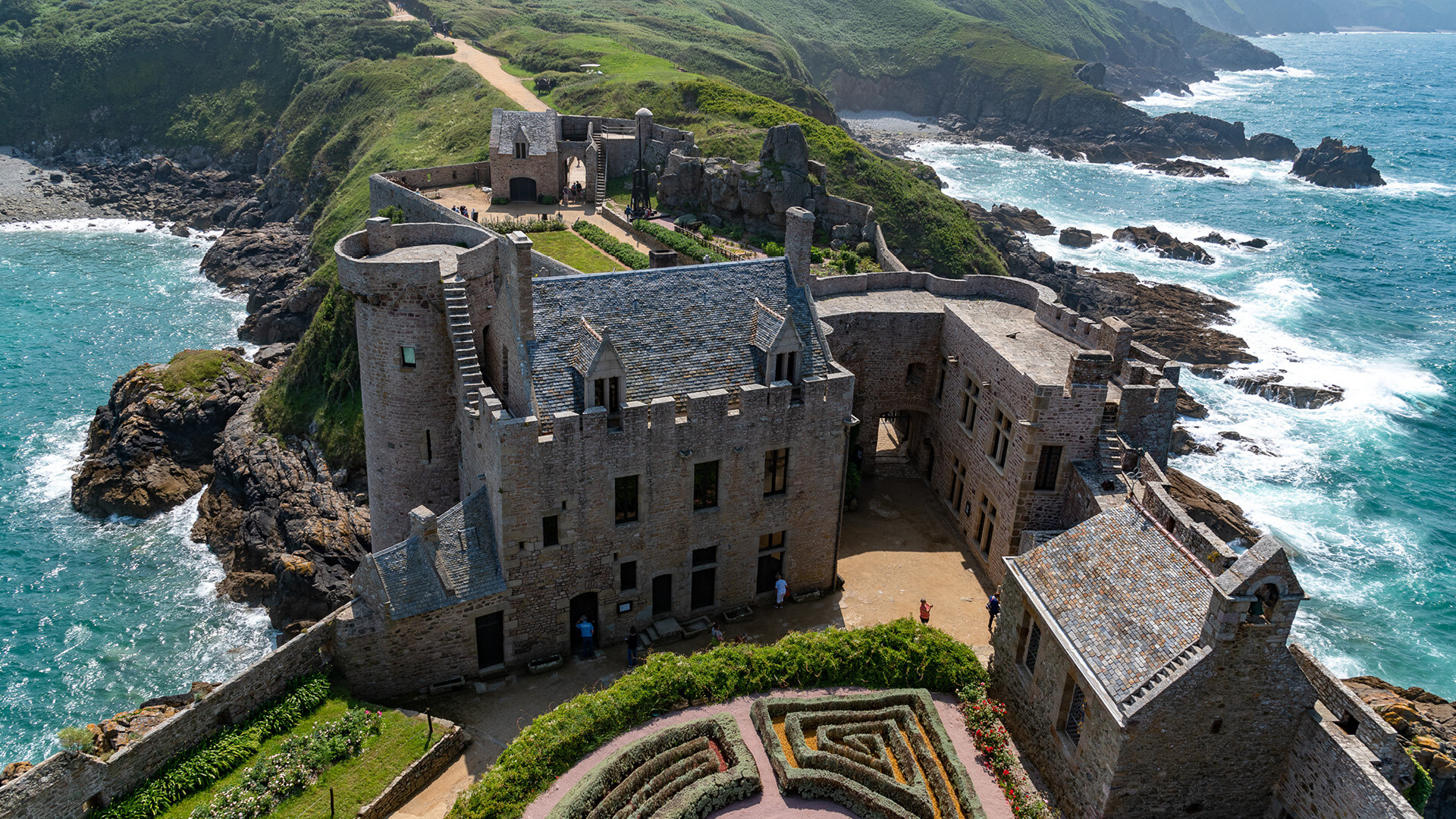
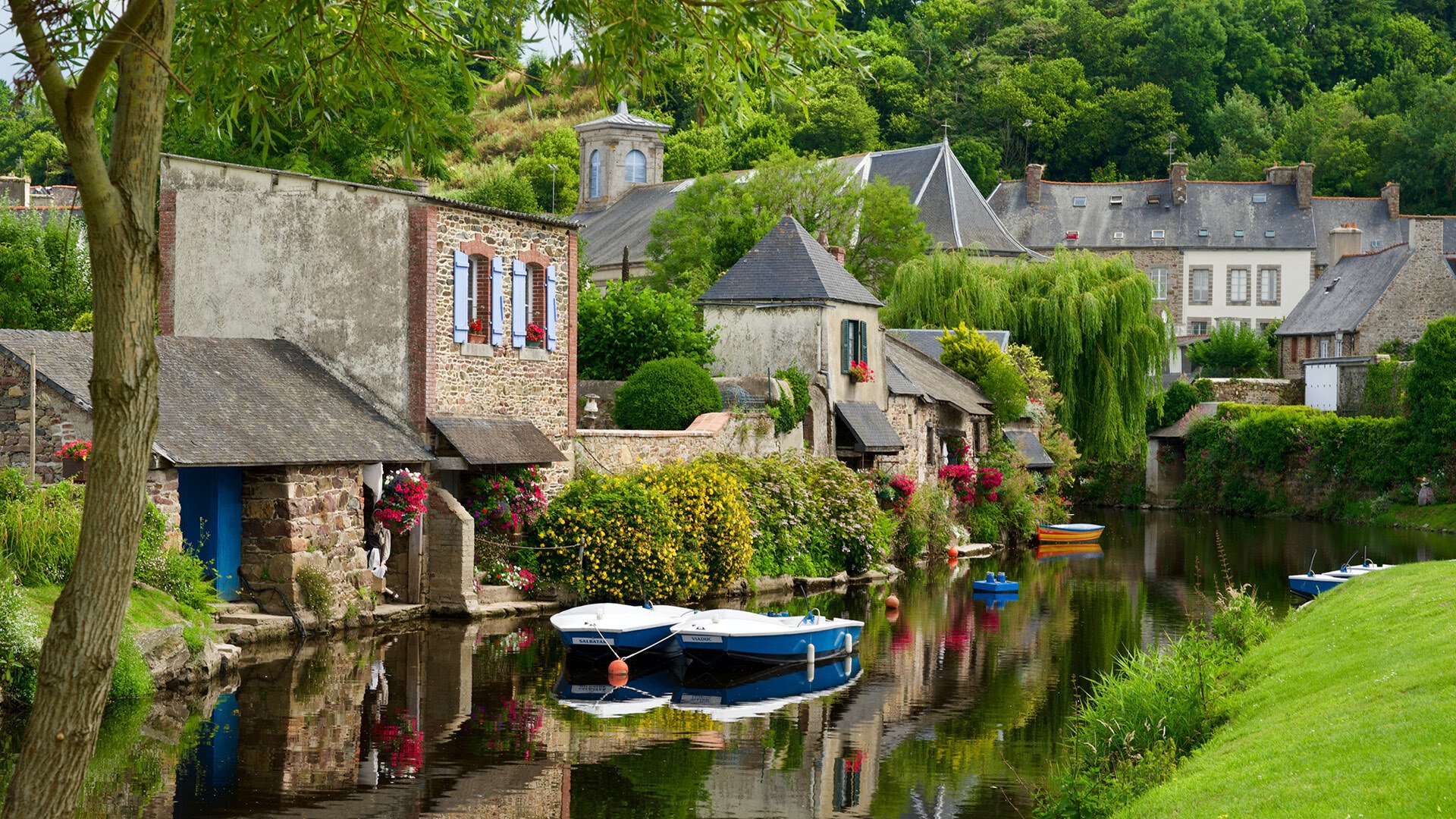
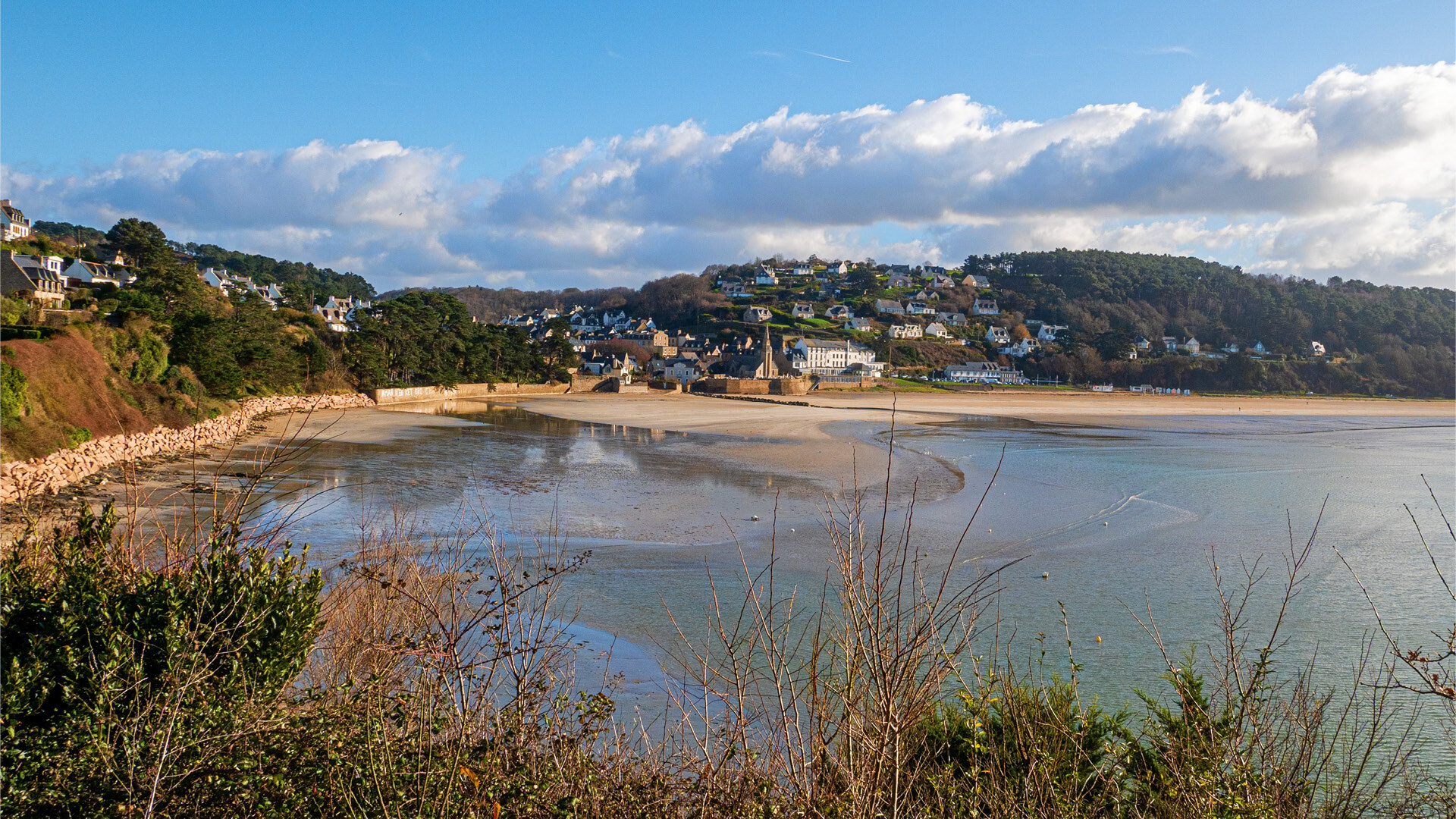
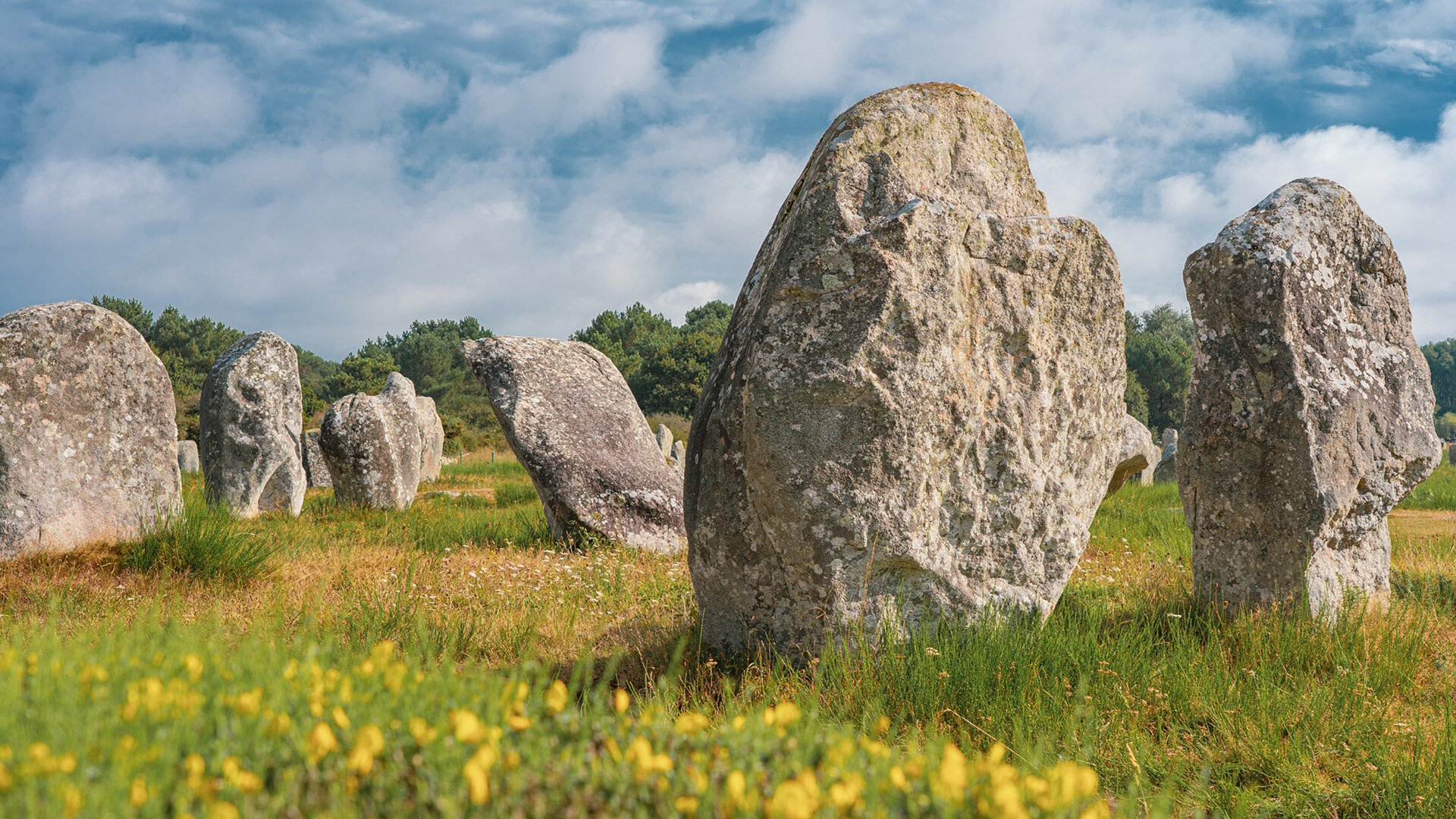
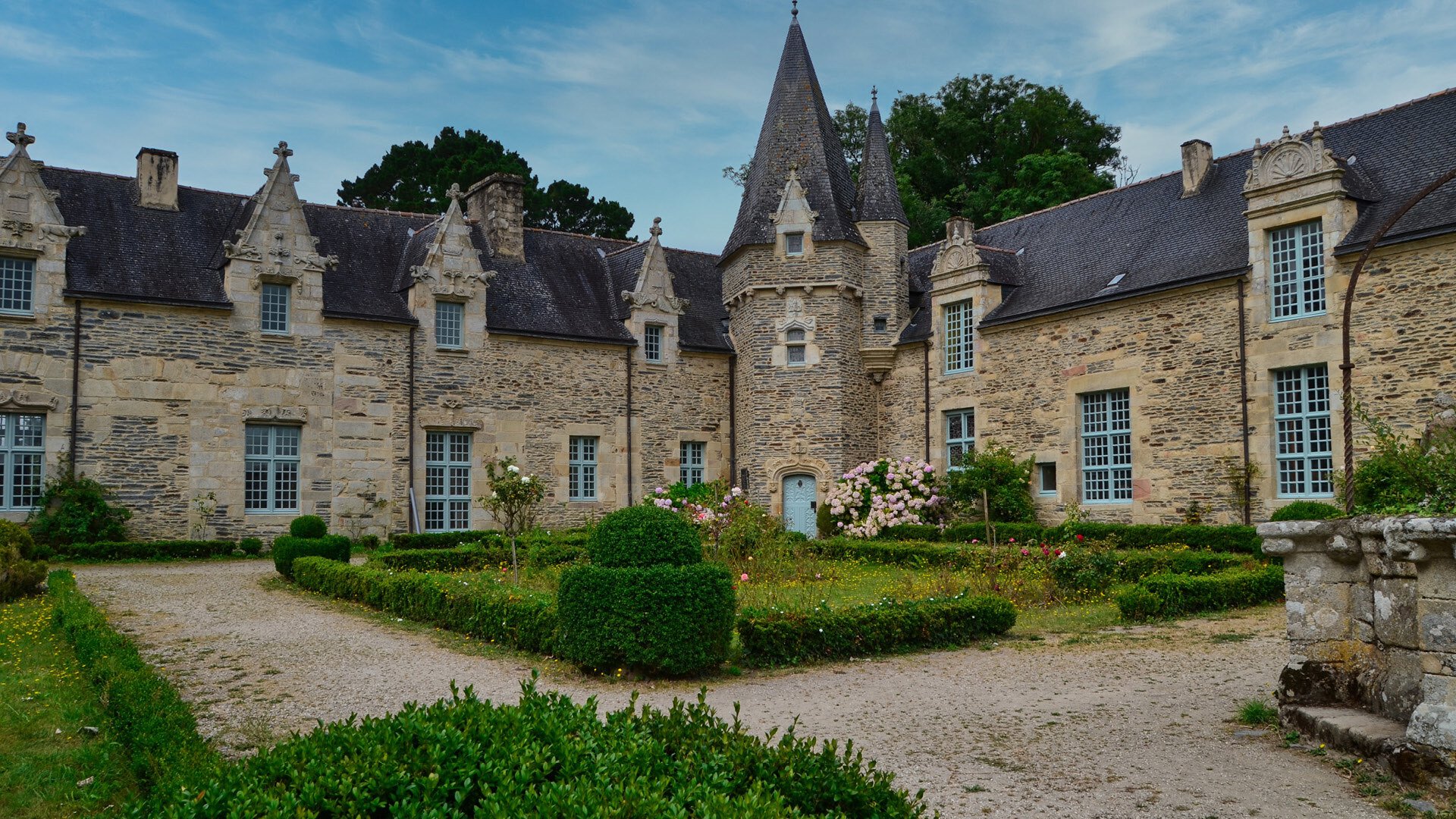
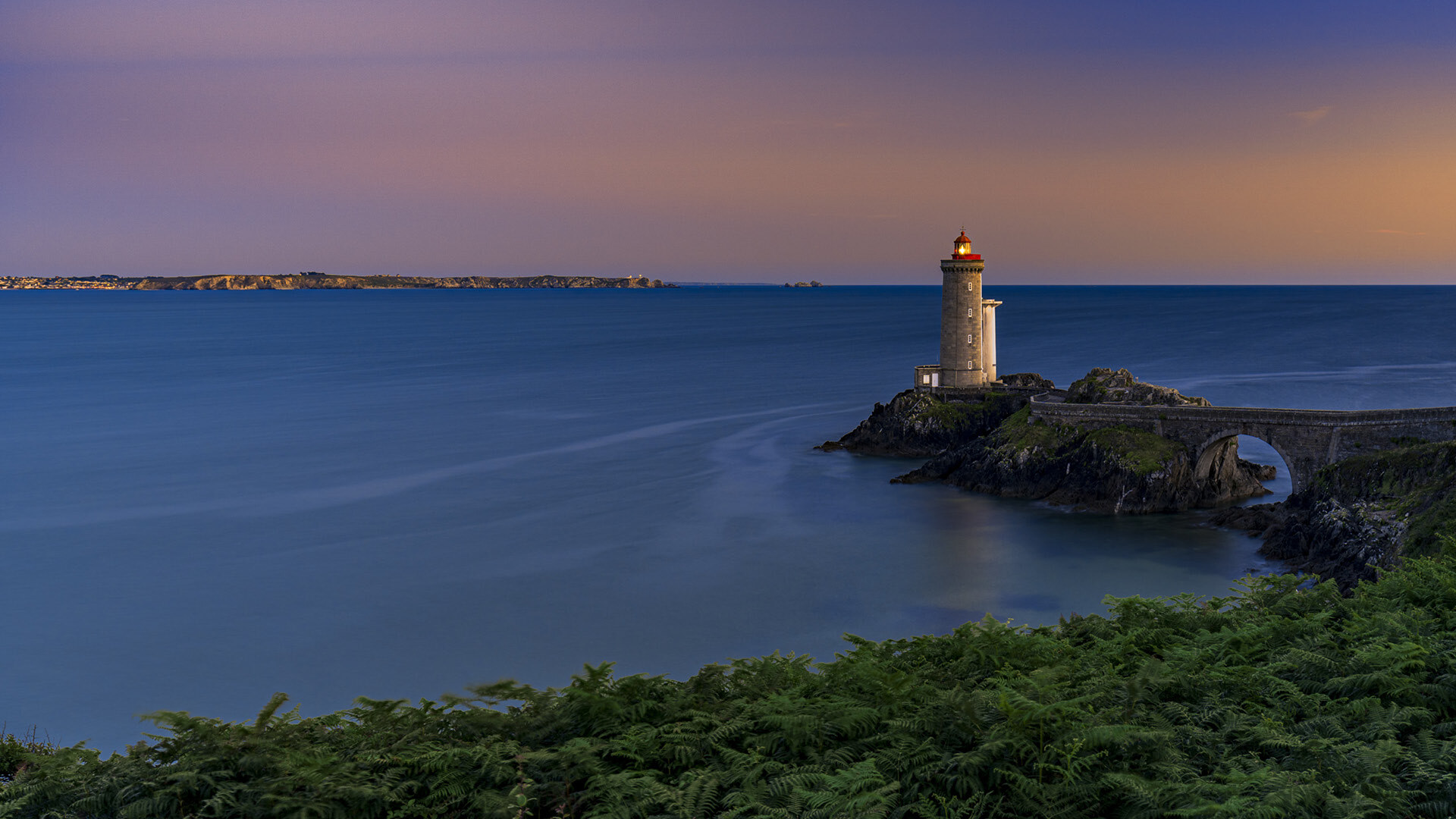
1. What makes Brittany unique?
Bordered by the English Channel, Normandy, Pays de la Loire, the Bay of Biscay, the Celtic Sea and the Atlantic Ocean, Brittany is also commonly known as ‘Little Britain’.
We have a unique flag and coat of arms – black and white.
One thing of particular interest in the region is the architecture. To this date, you can find thousands of Middle Ages and Renaissance-styled ‘chateaux’. There are also several instances of fortifications, fortresses and castles. In many cases, the roofs of most buildings have a very distinct style.
Dating further back in time, there’s a huge number of standing megaliths – probably the largest amount of them in the world.
Being surrounded by the Atlantic Ocean, it has the largest sandy beach in Europe – La Baule.
2. What are must-visit cities and towns?
The major big cities are Nantes and Rennes, with Vannes coming in close. While these are big urban metropolises, they still retain an atmosphere and style that is uniquely characteristic to the region.
As mentioned earlier, La Baule – the biggest sandy beach in Europe, which is 9 km long – is definitely worth visiting, not only for beach-lovers but also for whoever wants to try out some of the best seafood restaurants in the area. The peninsula of Quiberon in also a great choice for sea-lovers. And for something a little more secluded, there is the island of Belle-Île-en-Mer.
Guérande is famous for its salt marshes. This is one of the special ingredients necessary to make butter, which Brittany is so famous for.
Then, there is San Michel Chef Chef, famous for the tastiest Madeleine in all of France.

3. What are staple historical sites any visitor should see in Brittany? How about ones off the beaten track?
Le Mont Saint Michel is one of the most famous destinations in the Brittany region. This monastery, which was previously a prison, was built in the middle of the sea. And the rising and falling tide turning it from an island into a hill accessible on foot and vice-versa is a very peculiar aspect of its charm.
As mentioned earlier, the Middle Age and Renaissance buildings and fortifications are truly a sight to behold. They are living heritage of France’s rich history. The two cities of Guérande and Concarneau are your best go-to sites for these, as they are both entirely surrounded by fortifications.
The Neolithic sites, rich in megalithic monuments and art vestiges are remnants of an even older French historical period. Carnac is an especially popular destination for seeing these.
Guérande and Concarneau are two small cities surrounded by fortifications, worth seeing.
4. If you were an outdoors/trekking type of person, where would you go?
Perros Guirec has famous hiking trails, especially Le Sentier des Douaniers. This place is famous for its granite (Granit Rose) and large boulders all along the coastline. Along the path, main stops of interest here include the natural port of Ploumanac’h, Saint-Guirec beach and oratory, and the Maison du Littoral.
Again, Mont Saint Michel is another great destination for hikers. When the tide drops, the walk to this small isle has a surreal quality to it, as you walk across the sandy seabed. Then, once inside the town’s fortifications, you’ll be climbing narrow stairways and walking along the abbey’s ramparts, while taking in beautiful vistas.

5. If someone’s a foodie, any particular types of food or drink you’d recommend and spots to try them out? How about if you’re a sweet tooth?
The Brittany region has a lot to offer in the way of French cuisine dishes and specialties. In most cases, the best way to enjoy them is to understand what beverages to pair them with. One savoury snack worth checking out is Galette – a sort of brown crepe. Try matching this with cider. Seafood in the bay area is also a delicacy, especially oysters paired with white wine. French is famous for its cheese, and Brittany’s specialty is camembert. You will want to pair this with another French staple food – baguette – and red wine.
As hinted at earlier, the butter of Guérande is simply out of this world due to the unique quality of its salt and other basic ingredients! So, anything using this butter, such as cookies and other desserts are very tasty. For instance, San Michel Chef Chef’s madeleines and sweets by the Nantes’ brand Lu are very well known.
6. What are the best beaches to go for a swim?
La Baule takes the first spot as it’s the biggest sandy beach in Europe. Its bay area stretches on for 9 km (8km of sand). And, its seafood restaurants with some of the best dishes in the region as well as its villas with a timeless classic design add a very classy touch to it.

7. If you want to go on an art/cultural tour, what are some good spots to visit?
Once again, the monastery of Mont Saint Michel is worth mentioning. This UNESCO World Heritage Site was a popular destination for Christian pilgrimages, dating back to the 8th century. Its main Benedictine abbey was developed by French kings in the 10th century. It was fortified with ramparts so as to keep invading English forces out. Nowadays, this quaint little town’s winding streets are lined with museums, restaurants, hotels, and shops, and it’s one of the most popular destinations for tourists in Europe.
Folklore and music lovers will be interested to know that Brittany is famous for Breton and Celtic music. There are many live music performances and traditional dances held throughout the region regularly. The festival known as Fest Noz is the most famous one for this and it brings together several dance and instrumental performances in one big event.
8. Is there a good public transport infrastructure? What is the best way to get around town?
In the more urban areas, trams and trains are the easiest way to get around. Coaches are also another option in this case. But once you venture outside of the big city, you’ll need a car. And for a more eco-friendly solution, bicycles are easy to rent and can make travelling through the more commuter-friendly areas more pleasurable.
If you don’t mind sharing a car, there’s a popular app called BlaBlaCar locals love to use.

9. What are the best seasons to visit Brittany? And does it change a lot from one season to another?
July through August is the best period to visit as the weather is sunny and stable. Apart from that, weather in Brittany tends to be hit or miss. It’s renowned for being rainy territory, and the fact that it’s sitting on the ocean border makes for temperamental weather that can get very windy easily.
10. What are some customs/manners/expressions one should know when visiting?
One peculiar expression that is unique to our area is:
Tu veux un jus? – Do you want a juice? (referring to any kind of beverage)
Like many other places with a long history and tradition, we have our share of superstitions. Here’s one:
The bread must always be placed with the correct side facing up (otherwise, they believe that this can bring bad luck)
11. Is it acceptable to haggle or is it considered rude?
It’s acceptable to haggle, mainly in the market. Otherwise, it’s uncommon. You can try anyway, just be discreet.

12. What kind of nightlife can visitors enjoy? Any locales you’d recommend for that?
Rennes is one of the best cities for nightlife in the region. It has an exclusive beer-and-music night lifestyle, so bars and pubs can be found throughout the city. There are also festivals held frequently. Rue Saint Michel is an old town street and the most popular for night revellers looking for a good haunt to dine and drink. One of the most particular spots in the area is Saint Michel Prison – a courtyard with clubs and bars.
Nantes is on the same par as Rennes for nightlife. The most two common areas that take up a life of their own at night are place du Bouffay and place du Pilori, with a lot of smaller but active streets in between. Nantes is a popular university city, and this is why students are catered for with a wealth of bars, pubs, restaurants and other similar night hangouts.
La Baule is not only good for bathing but also partying at night. Travellers will find cool hangouts as well as frequent parties on the beach.
13. What activities do you recommend for people travelling with kids?
Les Machines de L’Ile, in Nantes, is a particular amusement park, with all its attractions being mechanized animals, insects, dinosaurs, and what have you. It’s mainly designed to look like a recreation of wildlife housing rides dressed up as living creatures.
However, the attraction I recommend the most is Puy du Fou. Located outside Nantes and not far off from the coast (and now with a second new venue in Spain), Puy du Fou is the most spectacular amusement park in France. It’s an ensemble of fictionalised reenactments, most of which are historically-themed. Everything about the shows – the choreographies, costumes, props, stages, etc – is so professional and adds so much to the atmosphere that you’ll surely be gasping for your breath!

14. How easy is it to make friends with the locals?
Hang out at any of the numerous pubs downtown and crack open a few beers, and you’re sure to make friends very easily. Generally, people here tend to be somewhat more laid back than in the biggest cities like Paris.
And, if you prefer a more active lifestyle, hiking trails are another good place to make friends. You’ll soon find that people there are friendly, hospitable and helpful.
15. How safe is Brittany? And are there any specific areas to look for hotels and ones to avoid?
You can rest your mind because almost all areas are generally safe. There might be just a few small quarters in the big cities to avoid.
There’s a different type of danger to keep in mind, though. Islands such as Mont Saint Michel have a shifting tide. And since the most common way to access it is on foot when the tide is low, you need to be careful to time it well so as not to get caught during the rising tide.

16. Where can tourists go for shopping? And what kind of things can they shop for?
Both Rennes and Nantes, being the two biggest cities in the region, have an abundance of department stores and shops to please all types of shoppers. However, if you’re looking for something more authentic and typical of the area, Rennes has the second biggest market in all of France, called Marché des Lices. Here, you’ll find many locals selling a huge selection of fresh local produce.
If you’re looking for something to wear, Brittany has a striped shirt with a typical Breton design.
17. What are some less mainstream souvenirs travellers should look for?
Some of the best souvenirs to take home with you are ones that will please your appetite. For example, Kouign-amann is a sweet made mainly from butter and sugar inside a caramelised crust. And, as far as sweets go, it’s hard to beat our salted butter caramel. Then, fleur de sel is a natural condiment produced from the salt harvested in Guerande. And since Brittany is famous for seafood, a favourite souvenir are different types of canned seafood. And the perfect beverage to accompany it all is locally produced cider.

18. What would you recommend to tourists who want to take boat rides/tours around the city?
Boat rides are very common in the area. You can enjoy the boat ride taking you to Belle Ile en Mer – the idyllic island, where you can then, rent a bicycle to roam around.
19. What extreme sports can you try in Brittany?
Apart from most standard extreme sports, we have our own take on tree climbing. This outdoor activity, known as Parc Accrobranche, will have you traversing from one high treetop to the next by utilising a variety of methods such as swinging, rope walking, net climbing, ziplining, absailing etc. You’ll find several of these adventure parks that feel like a mix between extreme games and a Tarzan movie.
20. What is the national sport? And when and where can visitors go to watch pro level matches?
The French love and practice several sports, but football is the most followed. However, Brittany has its own traditional sport called Palet Breton, which looks like bocce but with disks.

21. What are some festivals or concerts to look out for? How about local feasts?
Fest-Noz (Night Festival) is a festival recognised by UNESCO. It’s an event with a line-up of folk music (mainly Celtic) performances and dances with its roots in the Middle Ages. Attending one of these is highly recommended if you want to get a taste of living Breton cultural heritage
Then, for something with more of a modern twist, there’s a 4-day music festival called Festival des Vieilles Charrues in July starring many contemporary music artists. Previous editions featured artists such as DJ Snake, Stromae, Bob Sinclar, Ninho, etc.
Join the colourful, diverse team that is NetRefer. Meet other Cultural Travellers, share your experiences and make many more memorable ones. You belong here!
